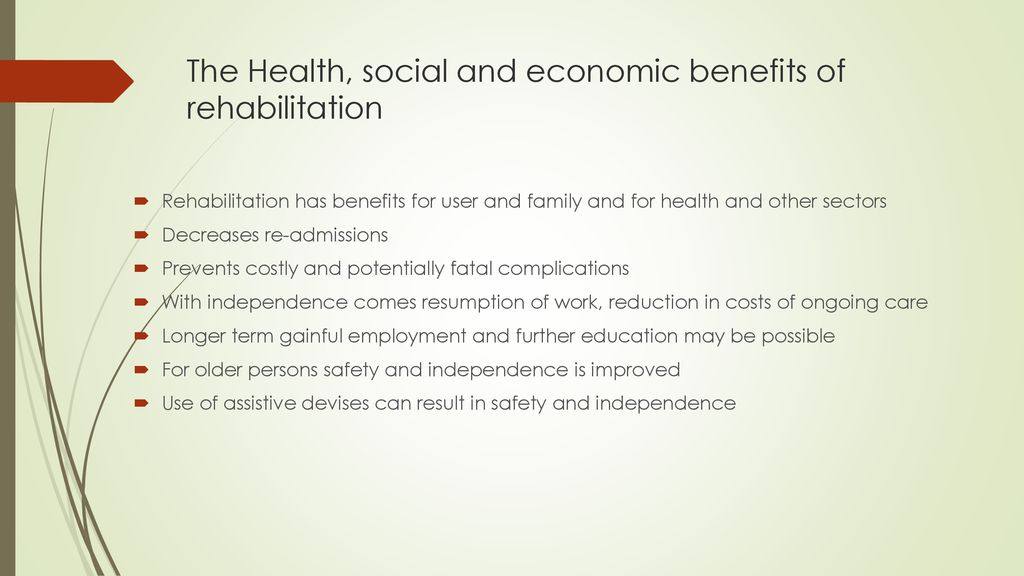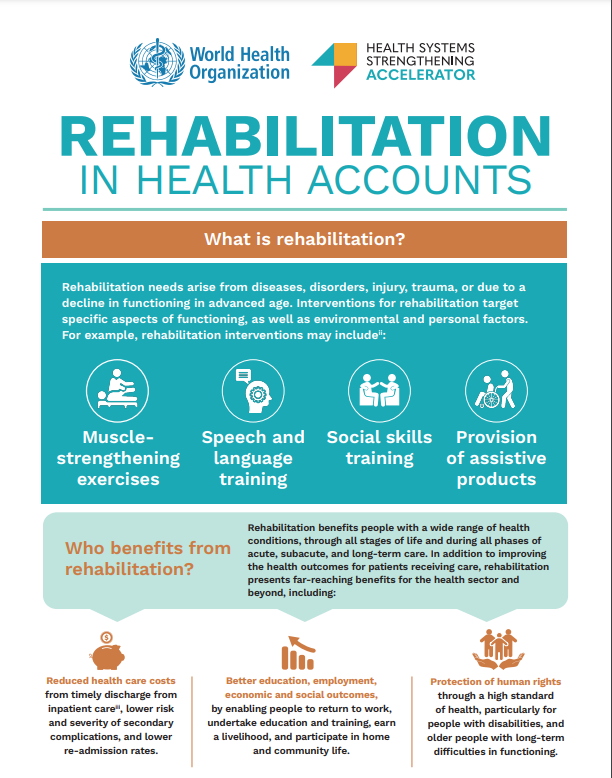Some Known Factual Statements About Narconon Africa
Some Known Factual Statements About Narconon Africa
Blog Article
Narconon Africa Fundamentals Explained
Table of ContentsSome Known Factual Statements About Narconon Africa The 6-Minute Rule for Narconon AfricaThe smart Trick of Narconon Africa That Nobody is DiscussingThe Best Strategy To Use For Narconon AfricaThe Ultimate Guide To Narconon AfricaNarconon Africa Things To Know Before You Get ThisThe Definitive Guide for Narconon Africa
In a collection of papers with Manudeep Bhuller and Katrine V. Lken, we get rid of these information challenges and the nonrandomness of jail time, using brand-new understandings into exactly how imprisonment influences regression, employment, kids, and criminal networks - Ecstasy addiction recovery. Figure 1 Our work studies the results of incarceration in Norway, a setup with two crucial benefitsWe can better connect this information to various other member of the family, including kids and siblings. Furthermore, we have info on co-offending that allows us to map out criminal networks for observed criminal offenses. Second, we can utilize the random job of criminal situations to judges that vary in their propensities to send out offenders to prison.
Yet some courts send out accuseds to jail at a high price, while others are much more lax. We gauge a court's stringency as the typical imprisonment rate for all other cases a judge deals with, after controlling for court and year set impacts, which is the level of arbitrary job. This quasi-random job of court stringency can be utilized as a tool for incarceration, as it highly forecasts the court's decision in the existing case, however is uncorrelated with various other case attributes both deliberately and empirically.
Some Known Incorrect Statements About Narconon Africa
Features of prisoners, including demographics and criminal offense groups, are extensively comparable in Norway and various other nations, including the United States, with the exemptions that the United States homicide rate is much higher, and race plays a bigger role there. What stands out as various, especially compared to the United States, is the jail system.
Number 2In Norway, the average time spent behind bars is a little over 6 months, which resembles most other Western European nations. This contrasts with typical US prison time of practically three years, which remains in big part the reason the USA is an outlier in its imprisonment rate compared to the remainder of the world [Figure 1]
Rumored Buzz on Narconon Africa
This supplies far more separation between minor and hard crooks than exists in the United States. There is no overcrowding in Norwegian prisons and far better individual security, with each prisoner being assigned to their very own cell and a higher inmate-to-staff proportion than in the USA (http://tupalo.com/en/users/6822893). Jails in Norway also offer well-funded education and learning, medicine treatment, mental wellness, and work training programs
Our research study on the impacts of incarceration on the wrongdoer, using the arbitrary assignment of courts as a tool, yields three key searchings for. Jail time inhibits further criminal actions. We find that incarceration decreases the probability that a person will certainly reoffend within 5 years by 27 percentage factors and minimizes the matching number of criminal charges per individual by 10 costs.
Excitement About Narconon Africa
We find substantial decreases in reoffending possibilities and collective charged crimes even after offenders are released from prison. Our 2nd result is that bias due to choice on unobservable individual attributes, if overlooked, causes the wrong verdict that time spent behind bars is criminogenic. If we simply contrast criminal offenders imprisoned versus those not sent to jail, we find positive associations between imprisonment and subsequent crime.
This stands in contrast to our analysis find more info based upon the random assignment of courts, which locates an opposite-signed result. Third, the decrease in criminal activity is driven by individuals that were not functioning before imprisonment. Among these people, jail time boosts engagement in programs routed at enhancing employability and reducing relapse, and this eventually elevates employment and revenues while dissuading criminal actions.

Imprisonment triggers a 34 percentage point rise in engagement in task training programs for the previously nonemployed, and within 5 years their employment rate boosts by 40 portion points. At the very same time, the probability of reoffending within 5 years is cut by 46 percentage points, and there is a decrease of 22 in the typical number of criminal charges.
The 7-Minute Rule for Narconon Africa

A plausible explanation for the distinction is that Norway's jail system differs considerably, both in terms of prison-term size and prison problems, from the US prison system. While comprehending the effects of incarceration on the culprit is an essential first step, recording spillover impacts is also vital for examining criminal justice policy and designing effective jail systems.
Getting My Narconon Africa To Work

Regular least squares approximates expose that children of incarcerated fathers are 1 percentage point more probable to be charged with a criminal offense, family member to a mean of 13 percent, and show no result on school qualities. Using our judge stringency tool, we discover no analytical evidence that a daddy's imprisonment impacts a kid's own criminal offense or school grades, but we are not able to eliminate modest-sized impacts.
Get This Report on Narconon Africa
We specify criminal teams based upon network web links to previous criminal cases. Our evaluation yields 3 primary searchings for. Initially, when a criminal network member is incarcerated, their peers' possibility of being billed with a future criminal offense lowers by 51 percent points over the next 4 years. Having an older brother jailed minimizes the possibility his more youthful bro will certainly be charged with a criminal activity by 32 percentage points over the next four years.
Report this page